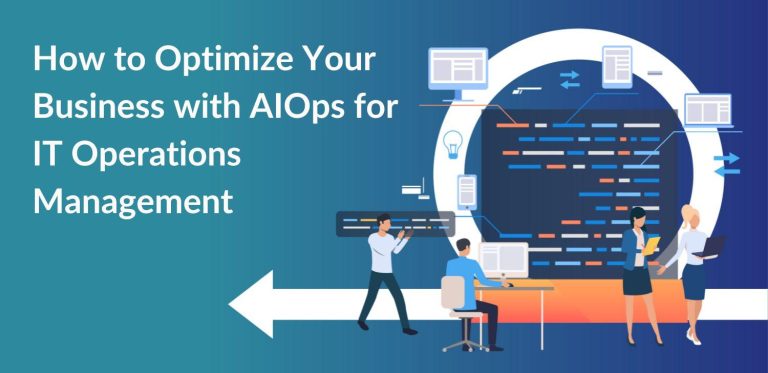Security Best Promotion – Online Demand
Security is fundamental to a reliable hosting infrastructure, and getting it right the first time is paramount. As a provider of robust cloud services, it is important that Amazon Web Services (AWS) implement strong security practices to protect your applications, data, and sensitive information of your customers.AWS is one of the most reliable hosting services, but you can still take it a step further by taking a few steps. In this post, we’ll look at top security best practices for: AWS web hosting We provide a comprehensive guide to enhance your hosting experience and give you peace of mind.
Why is AWS security important?
Because AWS is a multi-tenant environment, multiple users and organizations share the same underlying resources. Robust security protocols not only protect individual data, but protect the entire AWS ecosystem from potential cascading breaches that can affect large numbers of users simultaneously.In addition, regulatory compliance requirements and industry regulations mandate stringent security frameworks. Organizations operating in healthcare, finance, government, and other sectors must adhere to specific security standards. AWS security measures help these organizations meet these requirements and demonstrate their commitment to protecting data and maintaining regulatory compliance.
Tips for Protecting Your AWS Web Hosting Servers
Organizations and individuals gain confidence in the reliability and integrity of AWS services knowing that their data and applications are hosted in a highly secure environment. Here are some steps you can follow to ensure your AWS security.
1.Embrace Identity and Access Management (IAM)
AWS Identity and Access Management (IAM) is the cornerstone of securing your web hosting environment. You can control access to AWS services and resources by defining individual user permissions. Create IAM roles with the principle of least privilege, granting users only the permissions they need to perform their tasks. Ensure security compliance and reduce the risk of unauthorized access by regularly reviewing and updating access rights.
2.Implement multi-factor authentication (MFA)
Enforce Multi-Factor Authentication (MFA) for all user accounts, especially those with administrative access. MFA adds an extra layer of security by requiring users to provide an additional authentication factor, such as a one-time code on their mobile device, along with their regular password. This simple step can prevent many potential security breaches.
3.Enrich your data with encryption
Encrypting data at rest and in transit is essential to protecting sensitive information. Leverage AWS Key Management Service (KMS) to securely manage your encryption keys. Encrypt data stored in Amazon S3 buckets, Amazon RDS databases, and other AWS services. It also uses SSL/TLS certificates to encrypt data transmitted over the network, protecting it from eavesdropping and interception.
4.instance hardening
Take proactive steps to harden your AWS EC2 instances. Regularly update operating system, application and security patches to mitigate known vulnerabilities. Reduce your attack surface by disabling unnecessary ports, services, and protocols. Implement AWS Security Groups to effectively control inbound and outbound traffic to your instances.
5.Use network security measures
Leverage a Virtual Private Cloud (VPC) to isolate your web hosting infrastructure from other AWS resources and the public internet. Configure network access control lists (ACLs) and security groups to allow only necessary traffic to and from your instance. Leverage the AWS Web Application Firewall (WAF) to protect against common web exploits and attacks.
6.Environmental monitoring and auditing
Implement robust monitoring and logging practices to quickly identify potential security threats. Leverage AWS CloudTrail to log API activity across your AWS infrastructure. Enable Amazon CloudWatch alarms to notify you of unusual behavior. Maintain a secure hosting environment by regularly reviewing logs and investigating suspicious activity.
7.Backup and Disaster Recovery
Always have a comprehensive backup and disaster recovery plan in place. Back up your data and configuration regularly to a safe location using an AWS service such as Amazon S3. Test your disaster recovery procedures to ensure that you can quickly recover from potential incidents and minimize downtime.
8.Conduct regular security assessments
Conduct regular security assessments, vulnerability scans and penetration testing to identify weaknesses in your web hosting infrastructure. Remediate any vulnerabilities immediately and keep your environment up to date with the latest security best practices. you can use survey software Capture feedback on bugs your IT team discovers or issues that need to be fixed immediately in another instance to avoid compromising security.
Going the extra mile always helps
Securing your web hosting infrastructure on AWS is an ongoing endeavor, not a one-time task. Following these best practices can significantly improve the security posture of your hosting environment, protect your applications and data, and build trust with your customers.Remember, skilled content creator It’s important to have someone who can effectively communicate these security measures to your audience. A strong security foundation is key to a successful and resilient online presence. Stay vigilant, adapt to new threats, and prioritize security at every step of your AWS web hosting journey.
For More Informative Articles Visit Our Blog Soulfeed







